In 2006 I was living in Austin, Texas, more than 60 pounds over-weight and completely overwhelmed as a mother of a toddler and a newborn. I was healing from my C-section, muddling through sleepless nights, and trying to lose the weight I’d gained during my last pregnancy. A previously active person, I was deeply unhappy in my altered body and eager to start moving it again.
Due to my husband’s demanding work schedule, I was often the sole caregiver for our two young children, which meant that rebuilding my fitness had to start at home. I went on daily walks with my kids and exercised during their naps for at least 30 minutes, four days a week. I also started eating more veggies and fewer processed carbs. I felt better, but I wasn’t making significant strides.
When my youngest turned 2, a Life Time club opened three miles from our home, and my husband bought me a membership. Although I was initially intimidated, I began going every night after the kids were in bed. I ran on the treadmill and lifted weights to build my strength and stamina. Within a few months, I began noticing a real difference in my appearance — and a boost in my mindset.
As I look back on those nightly workouts, I realize they were the only reason I was able to get through the first few years of my children’s lives without going insane. Over the course of the next year, I lost the baby weight, but I would soon realize my healing journey was really just beginning.
In Search of Relief
When my youngest finally began sleeping through the night at age 3, I noticed I was still getting up to use the bathroom every few hours. I was also urinating frequently throughout the day and suffering debilitating cramps. Though I continued eating well, the pain began to intensify, preventing me from working out.
I saw a doctor, a physician assistant, and a urologist. My gynecologist had insisted that I was experiencing menstrual cramps, but that diagnosis didn’t feel right to me, because I’ve never had painful periods. I endured a litany of unnecessary surgeries: a laparoscopic procedure to see if I had endometriosis (I didn’t), a tubal ligation, and an endometrial ablation to burn off the lining of my uterus. All these procedures were intended to manage my symptoms, but they only caused more pain.
Near the end of 2009 I was finally diagnosed with interstitial cystitis, a condition that causes painful pressure on the bladder and pelvis. I started taking medication to lessen the urinary urgency and frequency, but it would take five years to heal completely.
Meanwhile, the terrible cramping continued, and I wasn’t able to work out at all. After all I’d done to become active again, being forced to stop made me feel helpless and stagnant.
My urologist eventually referred me to an integrative gynecologist, who immediately diagnosed my condition as pelvic-floor dysfunction — an inability to control the muscles and ligaments in the pelvic region, which is common among postpartum women. My condition was forcing these muscles to contract rather than relax, which was the source of my pain. Although I was frustrated with the diagnosis, I felt so relieved that there finally was one.
I’ve always been strong and independent, but the lengthy diagnostic process had left me feeling powerless and vulnerable. When I started physical therapy, it took me awhile to relax and trust the treatment.
My therapists began with external mobility assessments and manual massage around my pelvis. They also taught me some supporting exercises to do at home, and I was grateful to be able to do something for my body other than rest. After a few months of weekly therapy sessions, I started to experience relief.
I continued seeing my physical therapist weekly for another year. I also practiced visualization and self-care techniques, including massage and breathing exercises. Dealing with stress in a positive way allowed my body to relax so my therapy could yield maximum results. I learned how powerfully my mind could affect my physical self. By fall of 2011 my symptoms had vanished.
From Healing to Healer
Because I was unable to work out during my recovery, I used the time I’d once spent at the gym to study for my personal-training certificate through the American College of Sports Medicine. I felt gratitude for my caregivers and passionate about learning to help other women move well — and to know they aren’t alone in the changes and challenges of motherhood.
By early 2012 I was back to my regular workout routine. Then, in March, we relocated to Rochester, N.Y., to be closer to family. Four months after moving, a friend invited me to try some of her Pilates classes, so I took her up on the offer.
After a few sessions, I was hooked. I loved that I could focus on myself during Pilates and that the movements stretched and strengthened my entire body. I could also apply my awareness of muscle release and engagement that I’d learned in pelvic-floor therapy. And the mental benefits were just as valuable: The posture and breath work were a huge stress relief, and I always left class feeling calm and focused.
After a week of classes, I decided to pursue certification in classical mat Pilates and received it within a few months; I went on to earn certification in Pilates apparatus, which involves using equipment to regulate tension and resistance during classes. Two years later, I was accredited under the Pilates Method Alliance.
Now, I have the privilege of helping my clients gain strength and flexibility, as well as mental and physical balance, through Pilates. Teaching has also given me the opportunity to talk about my struggles with interstitial cystitis and pelvic-floor dysfunction, which are far more common among my peers than I had realized.
I love being able to pass along lessons from my own rehabilitation journey and to help my students realize the value of integrative fitness — including rest and recovery.
Jessica’s Top 3 Success Strategies
1) Practice patience. Circumstances beyond Jessica’s control meant her recovery had to proceed gradually. “Don’t be too hard on yourself, and give yourself the time you need,” she says. “It’s a process.”
2) Be tenacious. It took time for Jessica to learn the true cause of her symptoms. She advises others to be advocates for their healthcare, do their own research, and get a second or third opinion.
3) Learn to manage stress. Healthy relaxation strategies were a vital part of Jessica’s recovery. Consider a daily or weekly habit to help you unwind: Take a relaxing bath, try a breathing exercise, or experiment with healing visualization.
This originally appeared as “Rest, Relax, Repeat” in the March 2019 print issue of Experience Life.
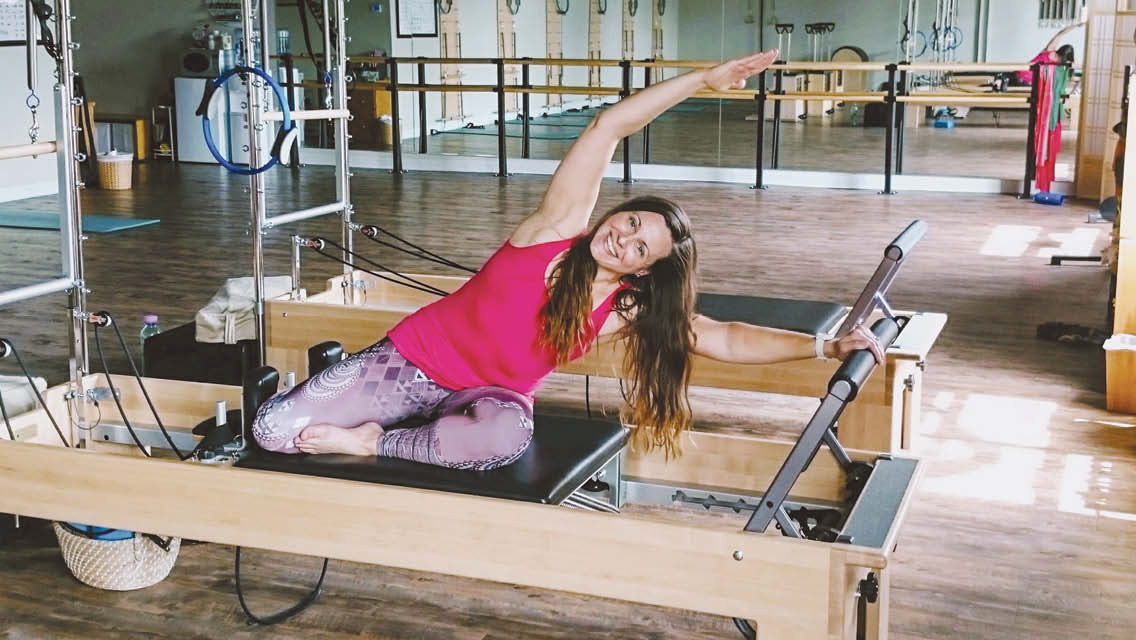
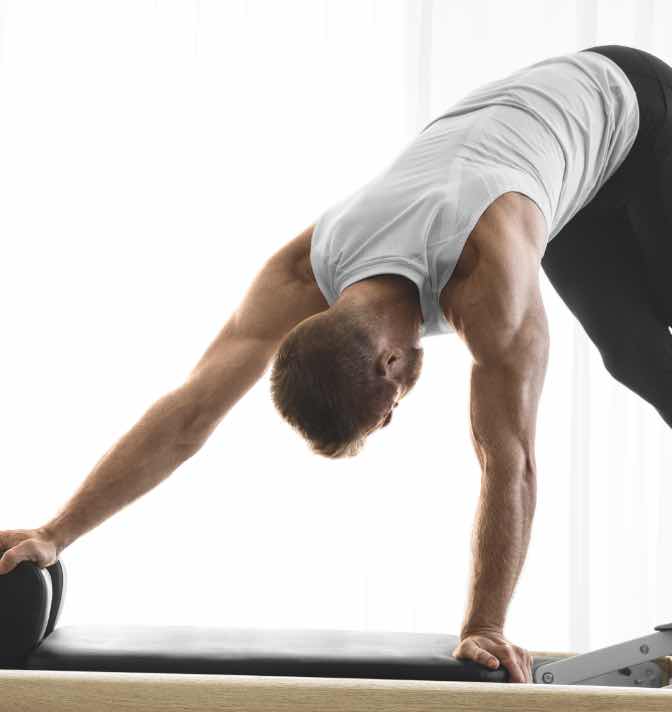
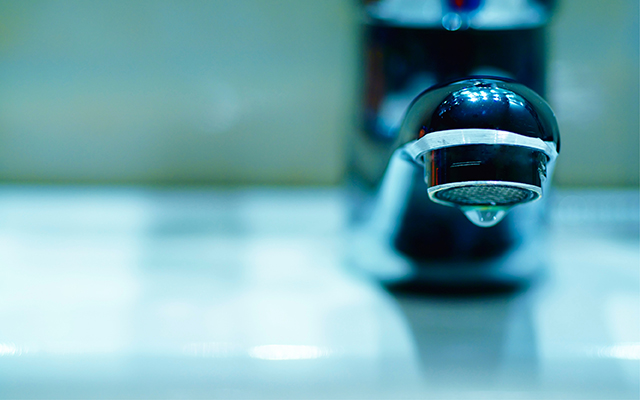
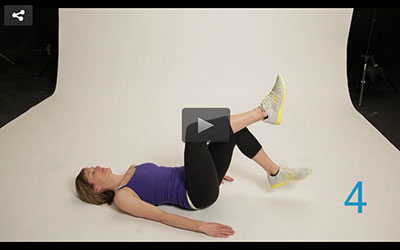
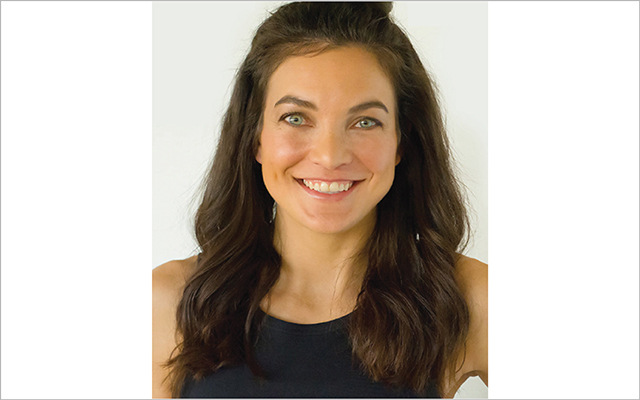
This Post Has One Comment
Thank you for sharing your story. I thought it to be encouraging as I start to exercise again after taking a couple months break. Self care is a journey and appreciate that you shared your journey.